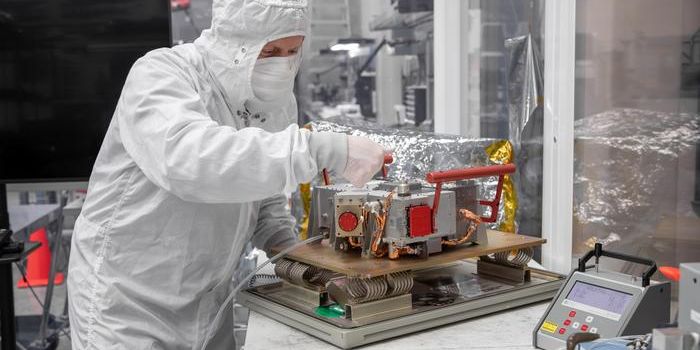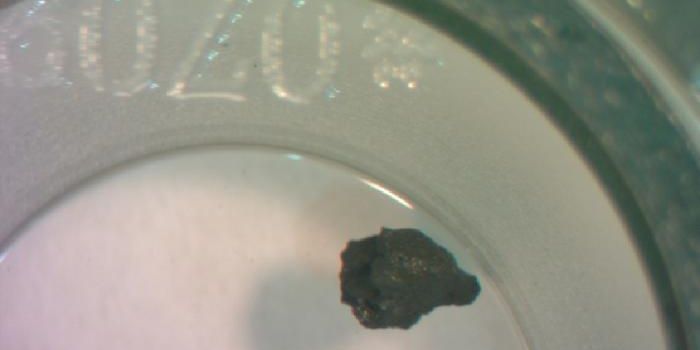Molecules Containing Carbon Found in Space
It's thought that some carbon that can be found in space is contained in big molecules called polycyclic aromatic hydrocarbons (PAHs). Though they've never been observed directly, it's been suggested that PAHs are abundant in space. Researchers have now found PAHs in a region of space called the Taurus Molecular Cloud (TMC-1).
On Earth, PAHs are present as byproducts of burning fossil fuels or in the grill marks of burnt food. Researchers have assumed that PAHs only form efficiently in space where high temperatures occur. In TMC-1, however, the temperature is only about ten degrees over absolute zero (−459.67° Fahrenheit). This study, which has been reported in Science, has indicated that it's possible to generate PAHs at much lower temperatures than was assumed.
"What makes the detection so important is that not only have we confirmed a hypothesis that has been 30 years in the making, but now we can look at all of the other molecules in this one source and ask how they are reacting to form the PAHs we're seeing, how the PAHs we're seeing may react with other things to possibly form larger molecules, and what implications that may have for our understanding of the role of very large carbon molecules in forming planets and stars," said co-senior study author and MIT Assistant Professor Brett McGuire.
Telescopes that detect infrared signals have been used since the 1980s to search for molecules that contain carbon rings, also known as aromatic compounds. It's thought that ten to 25 percent of space carbon is in PAHs. Though PAHs contain at least two carbon rings, the infrared signals have not been distinct enough to find specific molecules.
"That means that we can't dig into the detailed chemical mechanisms for how these are formed, how they react with one another or other molecules, how they're destroyed, and the whole cycle of carbon throughout the process of forming stars and planets and eventually life," McGuire said.
Radio telescopes with enough power to identify PAHs have only existed for about a decade. They can pick up on the patterns of light that molecules emit while they move through space, called rotational spectra. These patterns can then be compared to the patterns formed by molecules on Earth.
"Once you have that pattern match, you know there is no other molecule in existence that could be giving off that exact spectrum. And, the intensity of the lines and the relative strength of the different pieces of the pattern tells you something about how much of the molecule there is, and how warm or cold the molecule is," explained McGuire.
McGuire and his colleagues have focused on TMC-1 because previous work has shown that it contains complex carbon molecules. With the largest steerable radio telescope in the world, the Green Bank Telescope, the researchers confirmed that benzonitrile was present there, and they also found signatures of 1-cyanonaphthalene and 2-cyanonaphthalene. PAHs may not just be the byproducts of dying stars, they might form from smaller molecules.
"We need to entirely rethink our models of how the chemistry is evolving, starting from these starless cores, to include the fact that they are forming these large aromatic molecules," added McGuire.
Sources: AAAS/Eurekalert! via Massachusetts Institute of Technology, Science









